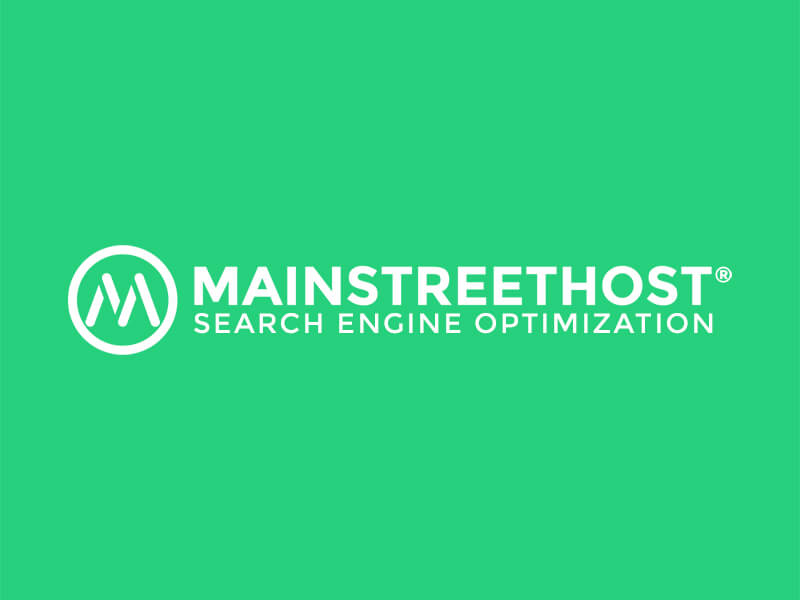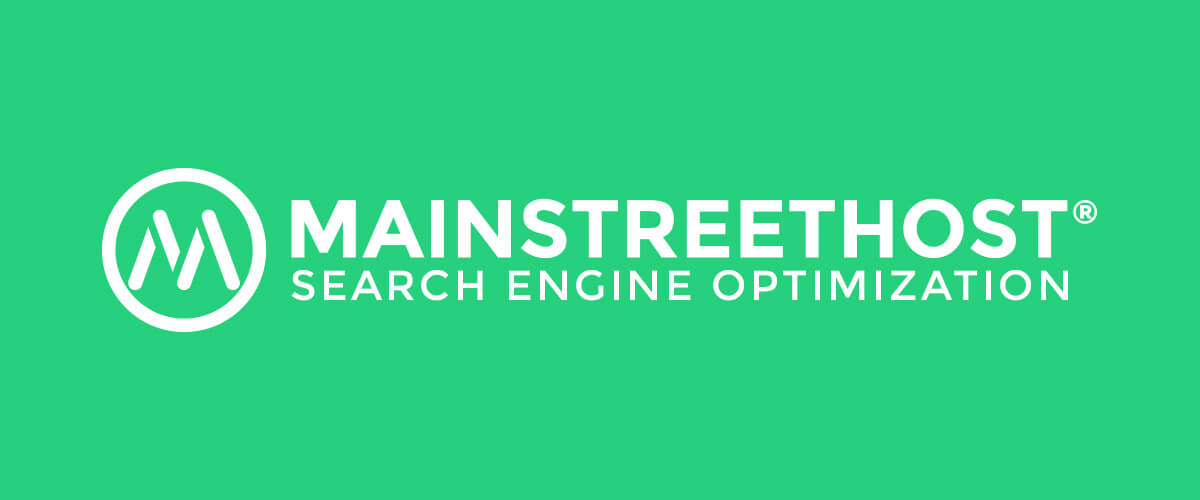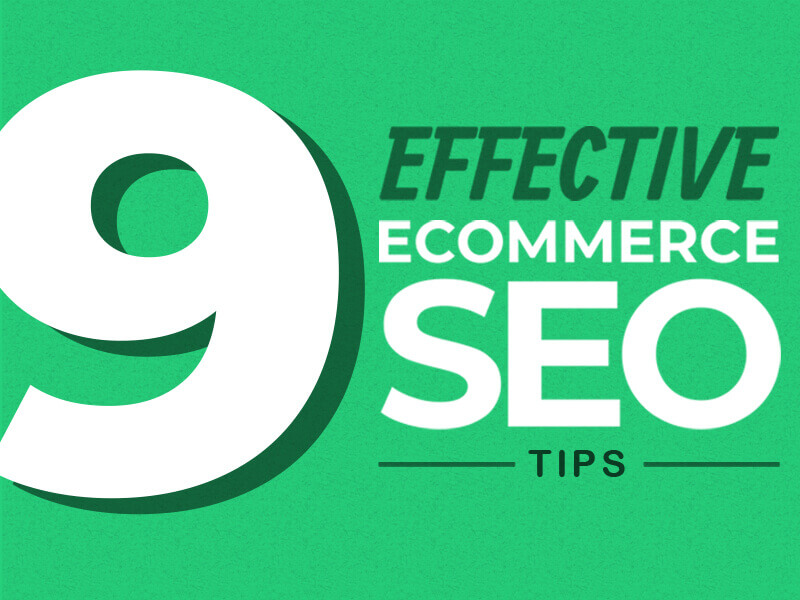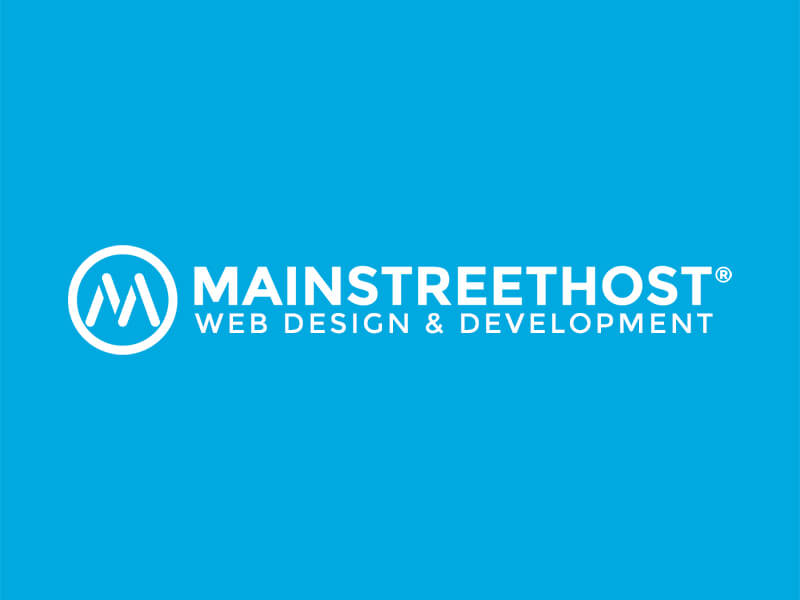Ecommerce had its coming out party with Amazon’s 1994 debut. Since then, Amazon has expanded well beyond online retail (though it does still dominate that realm) with its hand in hardware development, artificial intelligence technology, and its CEO and founder Jeff Bezos is now the owner of the Washington Post.
But ecommerce itself has also progressed dramatically over the past twenty-three years. Currently, there are a wide range of different platforms for independent businesses to sell their wares. These are software solutions that can be implemented onto a website even if it was built originally on a separate platform – like WordPress – in the form of plugins.
No matter the size or industry of your business, it can be hard to know which platform is right for you. It’s important to know how each platform suits different product types and ecommerce goals. Are you ready for a full, no holds barred commitment to ecommerce, or is this just an experiment to supplement an already solid brick-and-mortar revenue stream? Do you offer just a few highly specialized product options, or are you hoping to build a vast ecommerce platform with many departments?
Below is a brief overview of the top ecommerce platforms available to date.
Shopify
Shopify is one of the most popular ecommerce platforms on the web today. Founded in Canada in 2006, Shopify was started by people who needed a way to sell snowboarding equipment. Since none of the available platforms at the time offered the personalization and customer relationship management (CRM) that they desired, they simply built their own. Since that time, CEO Tobias Lütke has built the company into a true ecommerce giant, with almost 400,000 subscribers having sold $29 billion on Shopify to date.
Shopify tends to be a great option for vendors who are new to ecommerce because of how flexible its pricing options are. The lowest priced option – Lite – is just $9 per month. Lite gets you credit card sales rates of 2.9% plus a static 30 cents, a Shopify buy button, and the ability to add product listings to any website or blog.
Curiously, Shopify lists Lite separate from its other options, which are all housed conveniently side-by-side on its Pricing page. Here we have Basic Shopify, Shopify, and Advanced Shopify, priced $29, $79, and $299 respectively. Aside from per-transaction rates that descend as you move up in monthly price, the Basic plan will leave you lacking some standalone features as well. These include: gift cards, professional reports, abandoned cart recovery, advanced report builder, and real-time carrier shipping.
Depending on your size and industry, these features could be either indispensable deal-breakers or wholly unnecessary. It’s worth noting that professional reports and abandoned cart recovery – probably the two most important features of the bunch – are both available in the mid-level Shopify option ($79 monthly), while advanced report builder and real-time carrier shipping are reserved for the Advanced plan ($299).
WooCommerce
WooCommerce’s main selling point is its seamless integration with WordPress sites. If your site is already built in WordPress and you are simply adding ecommerce functionality for the first time, WooCommerce may very well be the easiest way to go about it.
Also, WooCommerce is 100% open source, giving you the option to join a community of developers and builders who love finding new ways to use WooCommerce. Custom AJAX applications are available as well (among a long list of other add-ons and plug-ins, some of which we’ll discuss below). In its most basic form, WooCommerce is no charge to you, as it integrates with your preexisting site. However, there will be inevitable expenses along the way. With only the most basic plugin installed, you can develop a functional store – you’ll just be limited in your ability to grow.
Two common additional expenses for WooCommerce clients are themes and processing plugins. As for themes, there are free options available, but many businesses find that an extra level of customization is necessary to deliver a positive ecommerce UX for their customers. These often cost between $50 and $100, so if you’re budgeting for your total ecommerce process, it’s a relatively small number.
Payment processing additions can include options for Stripe credit card payments, Stripe for WooCommerce, and an SSL Certificate. These are all good ideas to ensure your ecommerce experience is trustworthy and accommodating.
Magento
Standing in stark contrast to WooCommerce is Magento. Whereas WooCommerce offers a low-cost, easy-to-use solution for small-to-medium size businesses, Magento offers robust, complex ecommerce options that tend to be best suited for larger businesses.
In order to build and maintain a successful online store through Magento, it’s almost a prerequisite to have someone (or a team of someone’s) devoting their workday to upkeep.
One of the main advantages to housing your ecommerce store in Magento is its thorough reporting tools. On its official website, Magento describes its platform as “the world’s largest and most versatile offering of customized and tested extensions. Marketplace offers the best practice extensions to extend your store’s features in any way you want.” These features enable you to better interpret your data and optimize your checkout system for targeting and strategy purposes. In other words, you’ll retain your most valuable customers and attract new ones by giving them the ecommerce experience they actually want.
For this reason, Magento boasts some of the most recognizable brands in the world as current clients. These include Burger King, Coca Cola, and Ghiradelli Chocolates. These business relationships are far more involved than the more intimate affairs featured with WooCommerce and Shopify. Burger King, for example, used Magento to build an online ordering application that handles over 1000 orders per hour on a daily basis.
Even if you are a smaller business owner, you may still find some value in Magento’s Community Edition product. This is a free, open-source platform that allows business owners and developers to take part in moving the low cost ecommerce world moving forward.
Whether you’re a seasoned ecommerce veteran or are just starting out, a major retail outlet or an individual selling wares out of your garage, picking the right platform for your needs will be a major factor success. Hopefully, this overview has been informative and remember, all of these platforms have fully functioning help desks and/or “Chat With Us” features through their respective websites if you want to hear it straight from the source.
Happy (digital) selling!








